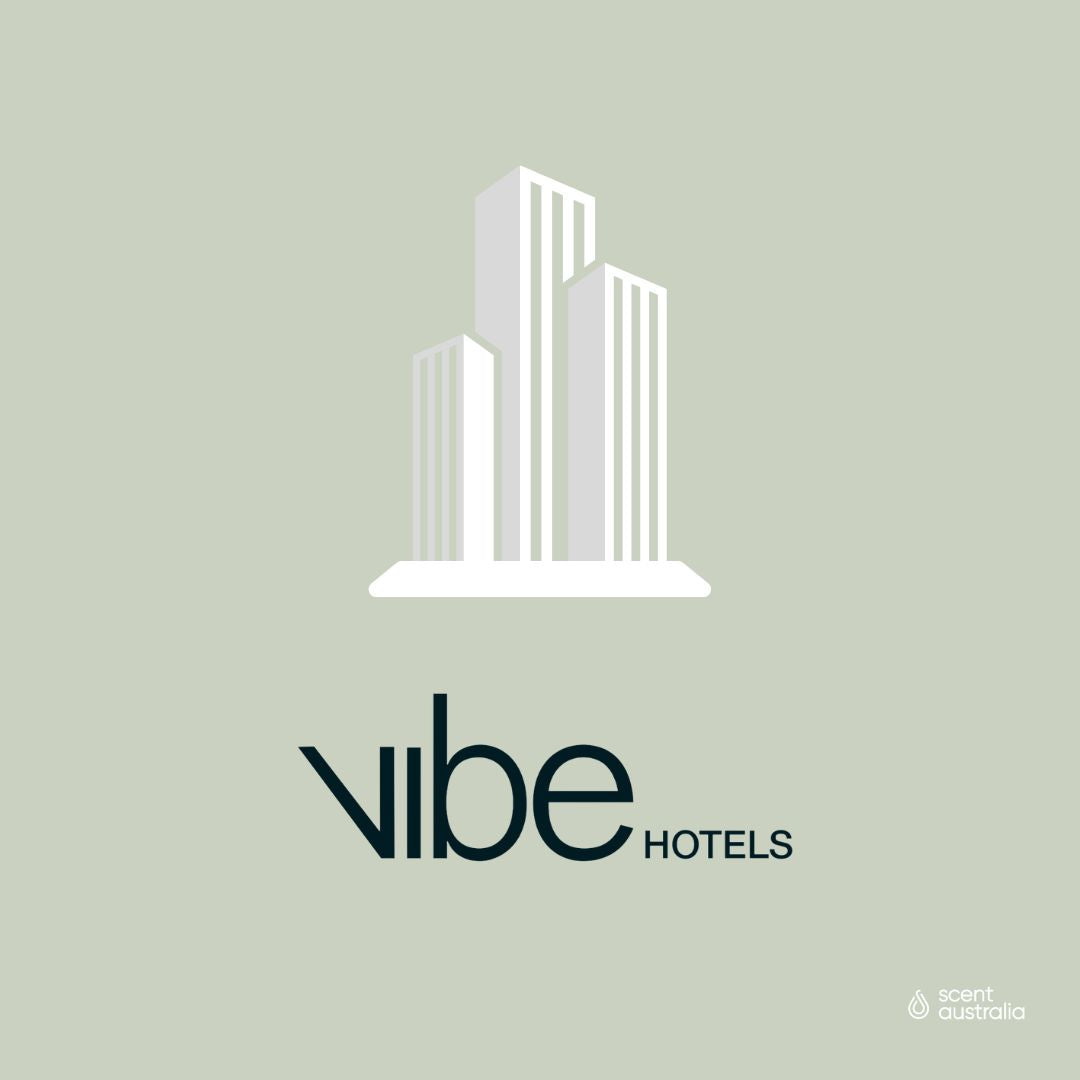Making Scent Part Of Your Branding Makes Sense


Sensory branding is by no means a new phenomenon. Businesses have long sought to build stronger brands along the auditory, olfactory, gustative and tactile journeys consumers go on with their products.
Sensory Branding
Apple accessories company Twelve South normally sells things like docking stations, covers and cases. But the latest product in its portfolio is the “New Mac Candle” that, when lit, emits the smell that is released from the box when you open a newly purchased Mac.
Whether you find that appealing or not, it’s an interesting exploration into the strength of the sensory equity built by the business over the years. Whether they realized they were doing so or not.
Sensory branding is by no means a new phenomenon. There are many documented cases of businesses finding opportunities to build stronger brands along the auditory, olfactory, gustative and tactile journeys consumers go on with their products.
The Mac startup chime, the Intel jingle, McDonalds’ ‘I’m lovin’ it’ and even the distinctive Tarzan yell owned by Disney are all ‘auditory’ or ‘verbal brand’ expressions that are as unique and memorable as any visual equity a brand creates. It’s arguable that the growl of the V-twin engine of a Harley Davidson is a far more important emotional equity than any logo could ever be.
Generate Emotions
For generations ‘signature scents’ have been utilised by luxury hotels (The Fullerton Bay Hotel in Singapore is my personal favorite) and retailers as sensory equities designed to create recognition and differentiation.
But scent can do much more. Research has shown that smell is the sense most directly connected to the part of the brain (the limbic system if you want to get scientific) responsible for processing emotions, so it can be used to actually drive behaviour.
Increase Purchase Intent
In a study by Nike – it was discovered that by adding scents to their stores they increased purchase intent by 80%. By adding the smell of coffee to their retail spaces – a petrol station mini-mart recently increased coffee sales by 300%. Abercrombie and Fitch led people to their new London store by hiring models to walk around town wearing the signature scent, leading people to Saville Row where the store was located.
Amplify what the brand stands for
The above examples discuss just two of the senses, and depending on your product, consumers are potentially on a much more complex sensory journey with your brand than you realize. Like it or not, you have a sensory brand. The question is whether you are cultivating it or not.
Asia, as a region, has so much potential for growth in the sensory arena. As a foreigner moving to Asia – one of the first things I noticed was what a sensorially rich place it is. The sights, sounds, smells and tastes are so much more intense and diverse here than in the West. Most Asian brands are still focussed on the visual aspects of brand building. But there is a big opportunity to deliver a whole new level of sensory experience that can make Asian brands every bit as captivating as the place they come from.
Technology is developing. VR and AR are gaining stronger footholds in contemporary culture. Utilizing these platforms, brands are identifying opportunities to take consumers on immersive sensory journeys and enriching brand experience. Boursin (Sensorium), Topshop (Catwalk Experience), Volvo (virtual test drive) and Marriott (Teleporter) are just a few of the brands taking advantage of new technologies to deliver sensorially driven brand experience.
Now is the time for Asian brands to study the sensory journey their customers go on. To follow them on every step of that relationship and to find opportunities to amplify what the brand stands for using all the senses.
Think about your brand today and ask yourself the question ‘what does my brand feel, sound and taste like? What would its scent be?’ If you don’t know, then you have an opportunity to create stronger (and potentially far more action driving) emotional connections with your consumers.
This article was originally published in BrandinginAsia.








 Brian Clark
Brian Clark










